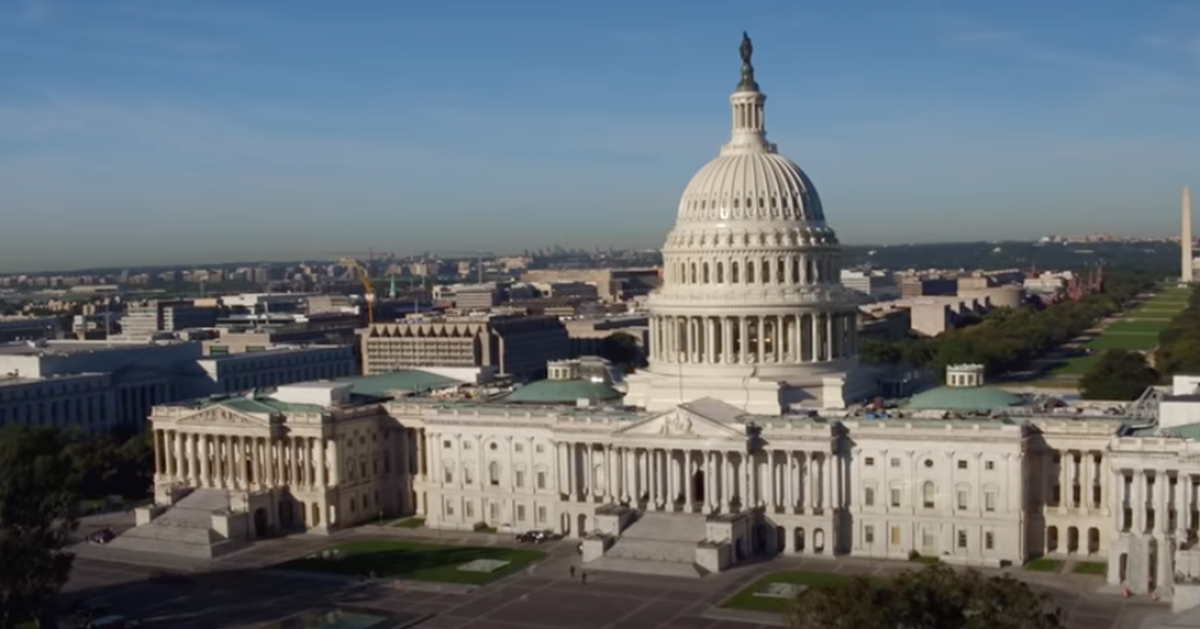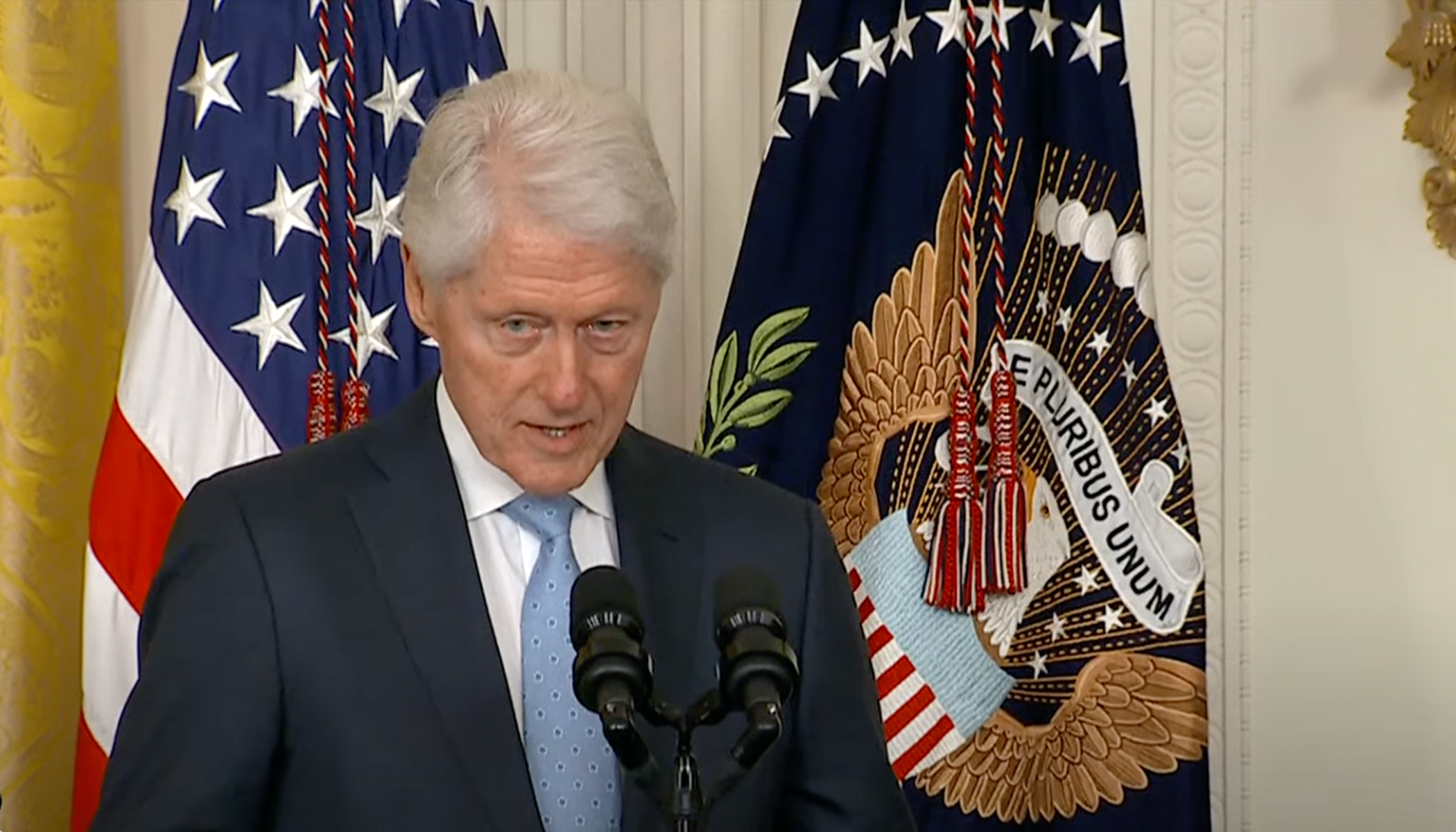Judge issues extension on halt to Trump federal buyout offer
A federal judge has decided to extend a temporary restraining order that halts a contentious proposal by the Trump administration known as the "Fork in the Road" offer, one that was aimed at more than 2 million federal employees and suggested that they either accept a buyout or comply with a mandate to return to the office.
The restraining order was extended by Judge George O’Toole, effectively blocking the Trump proposal for the time being, as Fox News reports.
The legal proceedings unfolded on a Monday, as O’Toole examined the implications of the Trump administration's plan. His decision to extend the restraining order underscores the complexities surrounding the administration's buyout offer to federal civilian workers.
New Proposal Challenges Workers
Federal employees first learned of the controversial proposal nearly two weeks prior. This initiative emerged as an email notification from the U.S. Office of Personnel Management, offering more than 2 million government employees an exit strategy or a return-to-office compliance ultimatum. This communication prompted immediate concern among federal workers and legal experts alike, leading to judicial intervention.
The Trump administration's buyout offer is no ordinary proposition, raising significant questions about workers' rights and governmental operation amidst changing workplace norms. The so-called "Fork in the Road" initiative is poised to reshape the landscape for federal employment, pending further judicial review.
In the contentious climate, Judge O’Toole’s extension aims to preserve workers' current conditions while further evaluation takes place. His decision offers a temporary reprieve to federal employees facing abrupt and potentially career-altering choices.
Legal Reactions, Judicial Oversight Continues
The order temporarily stymies the directive that was driven by the Trump administration's push to recalibrate federal workforce logistics. The proposal proposes profound implications, particularly as remote work has become more common in recent years.
The court's actions come after significant reactions from legal analysts, who stressed the importance of examining the administration’s methods and intentions. As questions arise concerning governance reform and practicality, the courts play a crucial role in objectively assessing the broader impact.
The buyout-or-return-to-office mandate was positioned by officials as part of broader government efficiency efforts. However, it has sparked resistance and skepticism from those advocating for workforce stability and protections during ongoing transitions.
Understanding the Potential Impact
The order's extension allows more time to understand the full ramifications of such an unprecedented order under Trump’s leadership. It seeks to maintain equilibrium in federal operations, acknowledging the weighty decisions employees face.
As the matter unfolds, the judiciary’s ability to impartially resolve disputes becomes paramount. The extension not only pauses implementation but also ensures that dialogue continues among stakeholders—employees, legal experts, and policymakers.
Legal battles such as these open dialogues about the balance between evolving work cultures and traditional employment structures. O’Toole’s ruling acts as a temporary safeguard to ensure a thorough examination of constitutional and administrative questions involved.
The Path Forward for Federal Employees
In light of the current pause, federal employees and advocates may ponder the next steps. They must navigate these developments carefully, staying attuned to outcomes that may shape their individual choices and governmental policy.
The legal process is anticipated to continue with further hearings and potential appeals. Each step offers opportunities to address emerging challenges presented by modern employment models and government mandates.
At the core of this legal battle lies the question of how the United States government can most effectively manage its workforce while respecting individual rights and adapting to change. The stakes are high, and the decisions made will resonate beyond the immediate circle of affected employees.
As events develop, stakeholders remain vigilant, seeking the best paths forward in a rapidly changing work environment. The narrative continues to evolve, with each development offering insights into governance, workforce dynamics, and the balance of workplace freedoms.
In conclusion, O’Toole's decision to extend the restraining order represents a critical judicial checkpoint. It underscores the significant legal and ethical considerations inherent in modifying federal employment parameters and seeks to ensure fairness and transparency in the process.
Moving forward, these proceedings remind us of the delicate interplay between administrative authority and employee rights, suggesting broader implications for governance and policy innovations. The story remains one to watch as the judicial system navigates this complex terrain.





